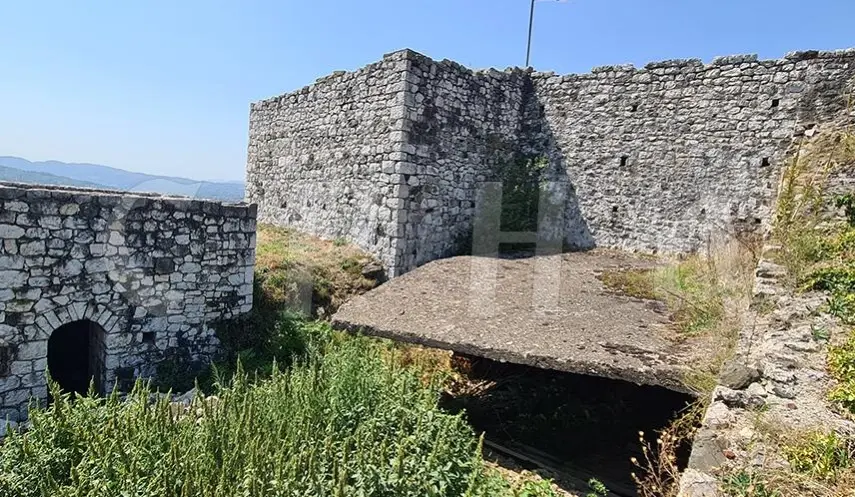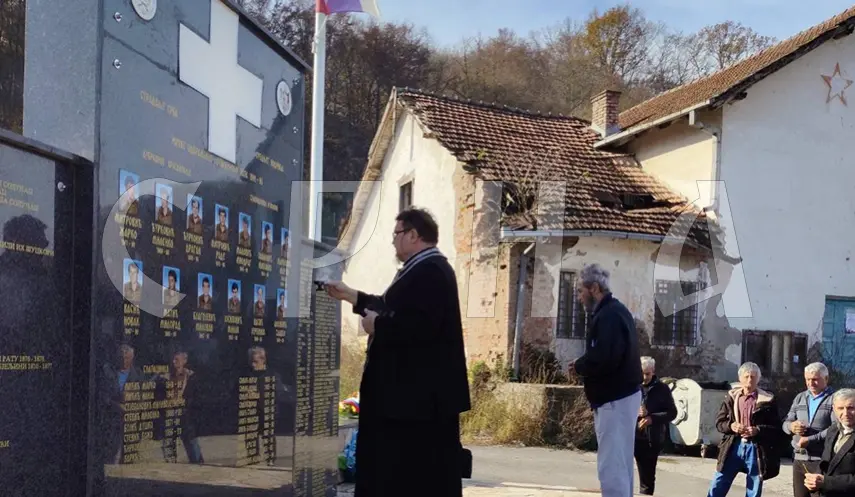MEDIEVAL FORTRESS GRADINA - SIGNIFICANT TOURISM POTENTIAL
Republika Srpska - Doboj - Cultural and Historical Heritage
08/25/2025
10:29

DOBOJ, AUGUST 25 /SRNA/ – The Doboj fortress Gradina is an important cultural and historical heritage site of Republika Srpska, but to fully realize its tourism potential, conservation and reconstruction are required, both of which must be preceded by archaeological excavations, Aleksandar Jašarević, senior curator and archaeologist at the Regional Museum in Doboj, cited in his SRNA statement.
Jašarević noted that there are not many historical structures in BiH that have been in use since the 14th century, emphasizing that further archaeological research on the Doboj fortress is necessary to determine which phase should be conserved and reconstructed, given that the relatively small site shows architectural development from the 14th to the 19th century.
"Based on current research, the Gradina fortress was built in the mid-14th century as a residential building. The concept is a fortified manor house of a local nobleman, constructed in a dominant position with two towers and a single building," said Jašarević.
POSSIBLE PRESENCE OF MORE MEDIEVAL STRUCTURES ON SITE'S NORTH
He stated that during this year's research, it was observed there was another rectangular structure along the northern wall from the medieval period, a portion of which was uncovered, and on which a later-period tower now stands.
"Whether it is a small palace or a bursary will be determined after expanding research in the northern part of the site, which indicates the possible existence of additional structures from the medieval period," said Jašarević.
Pointing to the historical circumstances that influenced the architecture and current appearance of Gradina, he added that at the end of the 15th century, with the expansion of the Ottoman Empire, the fortress was handed over to the Turks, who expanded it into a military-defensive fortification aimed toward Hungary, thus losing its previous residential character.
"Therefore, in the 15th and 16th centuries, it received bastions and was adapted for firearms and cannons," said Jašarević.
After the Ottomans regained control of the fortress from Hungary through the Treaty of Požarevac in 1718, they began construction of its lower section while simultaneously reinforcing the upper part.
"The fortress as we see it today has architectural contours from the early 17th century, incorporating the architecture of the medieval fortress, which is fascinating, as it shows three centuries of development in residential and military architecture in one small site," Jašarević explained.
ARTIFACTS FROM THE 14TH CENTURY DISCOVERED
Numerous artifacts dating from the 14th to the 19th century have been discovered at the site.
"The best finds for dating are weapons. We also found parts of segmented lamellar medieval armor during the 2015 excavations. In addition, luxury dining ceramics, glass fragments from Venice, ceramics from Asia Minor, bronze items - essentially everything used by the military garrison and the wealthier social classes have been discovered," said Jašarević.
CONSERVATION AND RECONSTRUCTION REQUIRED
Jašarević emphasized that the Gradina fortress is the most prominent monument complex in the city and that it is in the public interest to undertake conservation and reconstruction, which must be preceded by archaeological excavations to determine which phases should be preserved.
He noted that the goal is to reconstruct the oldest medieval parts of the fortress as well, because the conservation in the 1960s focused only on the 17th-century period, relying on elements known from 18th- and 19th-century engravings.
After the renovation, the fortress would have a completely new appearance compared to its current state, including two towers approximately 20 meters high, one 10 meters high, and higher defensive walls.
"It is an impressive structure. The main donjon tower is preserved up to a height of four meters, which is only the ground floor, considering that towers of that period typically had four additional floors, with a total height of about 20 meters, including intermediate floors, a roof, and battlements," said Jašarević.






